AI Dashboard is available on the Web, Apple, Google, and Microsoft, PRO version
Some IT DevOps, SysAdmin, Developer positions require the knowledge of basic linux Operating System. Most of the time, we know the answer but forget them when we don’t practice very often. This refresher will help you prepare for the linux portion of your IT interview by answering some gotcha Linux Questions for IT DevOps and SysAdmin Interviews.
Latest Linux Feeds
I- Networking:
- How many bytes are there in a MAC address?
48.
MAC, Media Access Control, address is a globally unique identifier assigned to network devices, and therefore it is often referred to as hardware or physical address. MAC addresses are 6-byte (48-bits) in length, and are written in MM:MM:MM:SS:SS:SS format. - What are the different parts of a TCP packet?
The term TCP packet appears in both informal and formal usage, whereas in more precise terminology segment refers to the TCP protocol data unit (PDU), datagram to the IP PDU, and frame to the data link layer PDU: … A TCP segment consists of a segment header and a data section. - Networking: Which command is used to initialize an interface, assign IP address, etc.
ifconfig (interface configuration). The equivalent command for Dos is ipconfig.
Other useful networking commands are: Ping, traceroute, netstat, dig, nslookup, route, lsof - What’s the difference between TCP and UDP; Between DNS TCP and UDP?
There are two types of Internet Protocol (IP) traffic. They are TCP or Transmission Control Protocol and UDP or User Datagram Protocol. TCP is connection oriented – once a connection is established, data can be sent bidirectional. UDP is a simpler, connectionless Internet protocol.
The reality is that DNS queries can also use TCP port 53 if UDP port 53 is not accepted.
DNS uses TCP for Zone Transfer over port :53.
DNS uses UDP for DNS Queries over port :53. - What are defaults ports used by http, telnet, ftp, smtp, dns, , snmp, squid?
All those services are part of the Application level of the TCP/IP protocol.
http => 80
telnet => 23
ftp => 20 (data transfer), 21 (Connection established)
smtp => 25
dns => 53
snmp => 161
dhcp => 67 (server), 68 (Client)
ssh => 22
squid => 3128 - How many host available in a subnet (Class B and C Networks)
- How DNS works?
When you enter a URL into your Web browser, your DNS server uses its resources to resolve the name into the IP address for the appropriate Web server. - What is the difference between class A, class B and class C IP addresses?
Class A Network (/ 8 Prefixes)
This network is 8-bit network prefix. IP address range from 0.0.0.0 to 127.255.255.255
Class B Networks (/16 Prefixes)
This network is 16-bit network prefix. IP address range from 128.0.0.0 to 191.255.255.255Class C Networks (/24 Prefixes)
This network is 24-bit network prefix.IP address range from 192.0.0.0 to 223.255.255.255 - Difference between ospf and bgp?
The first reason is that BGP is more scalable than OSPF. , and this, normal igp like ospf cannot perform. Generally speaking OSPF and BGP are routing protocols for two different things. OSPF is an IGP (Interior Gateway Protocol) and is used internally within a companies network to provide routing.
II- Operating System
1&1 Web Hosting
Get 20% off Google Google Workspace (Google Meet) Standard Plan with the following codes: 96DRHDRA9J7GTN6
 Get 20% off Google Workspace (Google Meet) Business Plan (AMERICAS): M9HNXHX3WC9H7YE (Email us for more codes)
Get 20% off Google Workspace (Google Meet) Business Plan (AMERICAS): M9HNXHX3WC9H7YE (Email us for more codes)
Active Anti-Aging Eye Gel, Reduces Dark Circles, Puffy Eyes, Crow's Feet and Fine Lines & Wrinkles, Packed with Hyaluronic Acid & Age Defying Botanicals

- How to find the Operating System version?
$uname -a
To check the distribution for redhat for example: $cat /etc/redhat –release - How to list all the process running?
top
To list java processes, ps -ef | grep java
To list processes on a specific port:
netstat -aon | findstr :port_number
lsof -i:80 - How to check disk space?
df shows the amount of disk space used and available.
du displays the amount of disk used by the specified files and for each subdirectories.
To drill down and find out which file is filling up a drive: du -ks /drive_name/* | sort -nr | head - How to check memory usage?
free or cat /proc/meminfo - What is the load average?
It is the average sum of the number of process waiting in the queue and the number of process currently executing over the period of 1, 5 and 15 minutes. Use top to find the load average. - What is a load balancer?
A load balancer is a device that acts as a reverse proxy and distributes network or application traffic across a number of servers. Load balancers are used to increase capacity (concurrent users) and reliability of applications. - What is the Linux Kernel?
The Linux Kernel is a low-level systems software whose main role is to manage hardware resources for the user. It is also used to provide an interface for user-level interaction. - What is the default kill signal?
There are many different signals that can be sent (see signal for a full list), although the signals in which users are generally most interested are SIGTERM (“terminate”) and SIGKILL (“kill”). The default signal sent is SIGTERM.
kill 1234
kill -s TERM 1234
kill -TERM 1234
kill -15 1234 - Describe Linux boot process
BIOS => MBR => GRUB => KERNEL => INIT => RUN LEVEL
As power comes up, the BIOS (Basic Input/Output System) is given control and executes MBR (Master Boot Record). The MBR executes GRUB (Grand Unified Boot Loader). GRUB executes Kernel. Kernel executes /sbin/init. Init executes run level programs. Run level programs are executed from /etc/rc.d/rc*.d
Mac OS X Boot Process:Boot ROM Firmware. Part of Hardware system
BootROM firmware is activatedPOST Power-On Self Test
initializes some hardware interfaces and verifies that sufficient memory is available and in a good state.EFI Extensible Firmware Interface
EFI does basic hardware initialization and selects which operating system to use.BOOTX boot.efi boot loader
load the kernel environmentRooting/Kernel The init routine of the kernel is executed
boot loader starts the kernel’s initialization procedure
Various Mach/BSD data structures are initialized by the kernel.
The I/O Kit is initialized.
The kernel starts /sbin/mach_initRun Level mach_init starts /sbin/init
init determines the runlevel, and runs /etc/rc.boot, which sets up the machine enough to run single-user.
rc.boot figures out the type of boot (Multi-User, Safe, CD-ROM, Network etc.) - List services enabled at a particular run level
chkconfig –list | grep 5:0n
Enable|Disable a service at a specific run level: chkconfig on|off –level 5 - How do you stop a bash fork bomb?
Create a fork bomb by editing limits.conf:
root hard nproc 512
Drop a fork bomb as below:
:(){ :|:& };:
Assuming you have access to shell:
kill -STOP
killall -STOP -u user1
killall -KILL -u user1 - What is a fork?
fork is an operation whereby a process creates a copy of itself. It is usually a system call, implemented in the kernel. Fork is the primary (and historically, only) method of process creation on Unix-like operating systems. - What is the D state?
D state code means that process is in uninterruptible sleep, and that may mean different things but it is usually I/O.
III- File System
- What is umask?
umask is “User File Creation Mask”, which determines the settings of a mask that controls which file permissions are set for files and directories when they are created. - What is the role of the swap space?
A swap space is a certain amount of space used by Linux to temporarily hold some programs that are running concurrently. This happens when RAM does not have enough memory to hold all programs that are executing.
- What is the role of the swap space?
A swap space is a certain amount of space used by Linux to temporarily hold some programs that are running concurrently. This happens when RAM does not have enough memory to hold all programs that are executing. - What is the null device in Linux?
The null device is typically used for disposing of unwanted output streams of a process, or as a convenient empty file for input streams. This is usually done by redirection. The /dev/null device is a special file, not a directory, so one cannot move a whole file or directory into it with the Unix mv command.You might receive the “Bad file descriptor” error message if /dev/null has been deleted or overwritten. You can infer this cause when file system is reported as read-only at the time of booting through error messages, such as“/dev/null: Read-only filesystem” and “dup2: bad file descriptor”.
In Unix and related computer operating systems, a file descriptor (FD, less frequently fildes) is an abstract indicator (handle) used to access a file or other input/output resource, such as a pipe or network socket. - What is a inode?
The inode is a data structure in a Unix-style file system that describes a filesystem object such as a file or a directory. Each inode stores the attributes and disk block location(s) of the object’s data.
IV- Databases
- What is the difference between a document store and a relational database?
In a relational database system you must define a schema before adding records to a database. The schema is the structure described in a formal language supported by the database and provides a blueprint for the tables in a database and the relationships between tables of data. Within a table, you need to define constraints in terms of rows and named columns as well as the type of data that can be stored in each column.In contrast, a document-oriented database contains documents, which are records that describe the data in the document, as well as the actual data. Documents can be as complex as you choose; you can use nested data to provide additional sub-categories of information about your object. You can also use one or more document to represent a real-world object. - How to optimise a slow DB?
- Rewrite the queries
- Change indexing strategy
- Change schema
- Use an external cache
- Server tuning and beyond
- How would you build a 1 Petabyte storage with commodity hardware?
Using JBODs with large capacity disks with Linux in a distributed storage system stacking nodes until 1PB is reached.
JBOD (which stands for “just a bunch of disks”) generally refers to a collection of hard disks that have not been configured to act as a redundant array of independent disks (RAID) array.
V- Scripting
- What is @INC in Perl?
The @INC Array. @INC is a special Perl variable that is the equivalent to the shell’s PATH variable. Whereas PATH contains a list of directories to search for executables, @INC contains a list of directories from which Perl modules and libraries can be loaded. - Strings comparison – operator – for loop – if statement
- Sort access log file by http Response Codes
Via Shell using linux commands
cat sample_log.log | cut -d ‘”‘ -f3 | cut -d ‘ ‘ -f2 | sort | uniq -c | sort -rn - Sort access log file by http Response Codes Using awk
awk ‘{print $9}’ sample_log.log | sort | uniq -c | sort -rn - Find broken links from access log file
awk ‘($9 ~ /404/)’ sample_log.log | awk ‘{print $7}’ sample_log.log | sort | uniq -c | sort -rn - Most requested page:
awk -F\” ‘{print $2}’ sample_log.log | awk ‘{print $2}’ | sort | uniq -c | sort -r - Count all occurrences of a word in a file
grep -o “user” sample_log.log | wc -w
Learn more at http://career.guru99.com/top-50-linux-interview-questions/
Real Time Linux Jobs
Active Hydrating Toner, Anti-Aging Replenishing Advanced Face Moisturizer, with Vitamins A, C, E & Natural Botanicals to Promote Skin Balance & Collagen Production, 6.7 Fl Oz


Age Defying 0.3% Retinol Serum, Anti-Aging Dark Spot Remover for Face, Fine Lines & Wrinkle Pore Minimizer, with Vitamin E & Natural Botanicals


Firming Moisturizer, Advanced Hydrating Facial Replenishing Cream, with Hyaluronic Acid, Resveratrol & Natural Botanicals to Restore Skin's Strength, Radiance, and Resilience, 1.75 Oz

Skin Stem Cell Serum


Smartphone 101 - Pick a smartphone for me - android or iOS - Apple iPhone or Samsung Galaxy or Huawei or Xaomi or Google Pixel
Can AI Really Predict Lottery Results? We Asked an Expert.
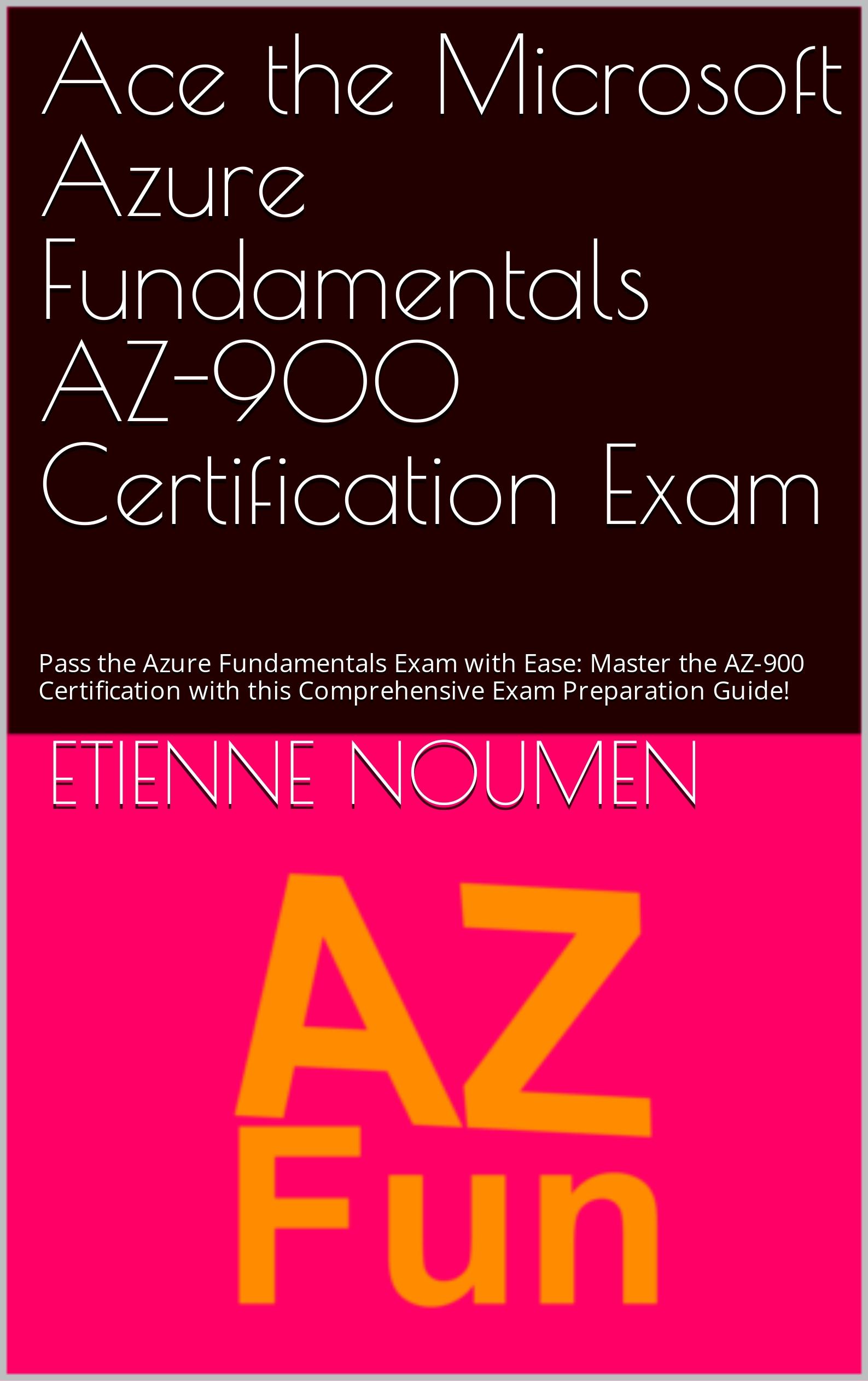
Djamgatech

Read Photos and PDFs Aloud for me iOS
Read Photos and PDFs Aloud for me android
Read Photos and PDFs Aloud For me Windows 10/11
Read Photos and PDFs Aloud For Amazon
Get 20% off Google Workspace (Google Meet) Business Plan (AMERICAS): M9HNXHX3WC9H7YE (Email us for more)
Get 20% off Google Google Workspace (Google Meet) Standard Plan with the following codes: 96DRHDRA9J7GTN6(Email us for more)
FREE 10000+ Quiz Trivia and and Brain Teasers for All Topics including Cloud Computing, General Knowledge, History, Television, Music, Art, Science, Movies, Films, US History, Soccer Football, World Cup, Data Science, Machine Learning, Geography, etc....

List of Freely available programming books - What is the single most influential book every Programmers should read
- Bjarne Stroustrup - The C++ Programming Language
- Brian W. Kernighan, Rob Pike - The Practice of Programming
- Donald Knuth - The Art of Computer Programming
- Ellen Ullman - Close to the Machine
- Ellis Horowitz - Fundamentals of Computer Algorithms
- Eric Raymond - The Art of Unix Programming
- Gerald M. Weinberg - The Psychology of Computer Programming
- James Gosling - The Java Programming Language
- Joel Spolsky - The Best Software Writing I
- Keith Curtis - After the Software Wars
- Richard M. Stallman - Free Software, Free Society
- Richard P. Gabriel - Patterns of Software
- Richard P. Gabriel - Innovation Happens Elsewhere
- Code Complete (2nd edition) by Steve McConnell
- The Pragmatic Programmer
- Structure and Interpretation of Computer Programs
- The C Programming Language by Kernighan and Ritchie
- Introduction to Algorithms by Cormen, Leiserson, Rivest & Stein
- Design Patterns by the Gang of Four
- Refactoring: Improving the Design of Existing Code
- The Mythical Man Month
- The Art of Computer Programming by Donald Knuth
- Compilers: Principles, Techniques and Tools by Alfred V. Aho, Ravi Sethi and Jeffrey D. Ullman
- Gödel, Escher, Bach by Douglas Hofstadter
- Clean Code: A Handbook of Agile Software Craftsmanship by Robert C. Martin
- Effective C++
- More Effective C++
- CODE by Charles Petzold
- Programming Pearls by Jon Bentley
- Working Effectively with Legacy Code by Michael C. Feathers
- Peopleware by Demarco and Lister
- Coders at Work by Peter Seibel
- Surely You're Joking, Mr. Feynman!
- Effective Java 2nd edition
- Patterns of Enterprise Application Architecture by Martin Fowler
- The Little Schemer
- The Seasoned Schemer
- Why's (Poignant) Guide to Ruby
- The Inmates Are Running The Asylum: Why High Tech Products Drive Us Crazy and How to Restore the Sanity
- The Art of Unix Programming
- Test-Driven Development: By Example by Kent Beck
- Practices of an Agile Developer
- Don't Make Me Think
- Agile Software Development, Principles, Patterns, and Practices by Robert C. Martin
- Domain Driven Designs by Eric Evans
- The Design of Everyday Things by Donald Norman
- Modern C++ Design by Andrei Alexandrescu
- Best Software Writing I by Joel Spolsky
- The Practice of Programming by Kernighan and Pike
- Pragmatic Thinking and Learning: Refactor Your Wetware by Andy Hunt
- Software Estimation: Demystifying the Black Art by Steve McConnel
- The Passionate Programmer (My Job Went To India) by Chad Fowler
- Hackers: Heroes of the Computer Revolution
- Algorithms + Data Structures = Programs
- Writing Solid Code
- JavaScript - The Good Parts
- Getting Real by 37 Signals
- Foundations of Programming by Karl Seguin
- Computer Graphics: Principles and Practice in C (2nd Edition)
- Thinking in Java by Bruce Eckel
- The Elements of Computing Systems
- Refactoring to Patterns by Joshua Kerievsky
- Modern Operating Systems by Andrew S. Tanenbaum
- The Annotated Turing
- Things That Make Us Smart by Donald Norman
- The Timeless Way of Building by Christopher Alexander
- The Deadline: A Novel About Project Management by Tom DeMarco
- The C++ Programming Language (3rd edition) by Stroustrup
- Patterns of Enterprise Application Architecture
- Computer Systems - A Programmer's Perspective
- Agile Principles, Patterns, and Practices in C# by Robert C. Martin
- Growing Object-Oriented Software, Guided by Tests
- Framework Design Guidelines by Brad Abrams
- Object Thinking by Dr. David West
- Advanced Programming in the UNIX Environment by W. Richard Stevens
- Hackers and Painters: Big Ideas from the Computer Age
- The Soul of a New Machine by Tracy Kidder
- CLR via C# by Jeffrey Richter
- The Timeless Way of Building by Christopher Alexander
- Design Patterns in C# by Steve Metsker
- Alice in Wonderland by Lewis Carol
- Zen and the Art of Motorcycle Maintenance by Robert M. Pirsig
- About Face - The Essentials of Interaction Design
- Here Comes Everybody: The Power of Organizing Without Organizations by Clay Shirky
- The Tao of Programming
- Computational Beauty of Nature
- Writing Solid Code by Steve Maguire
- Philip and Alex's Guide to Web Publishing
- Object-Oriented Analysis and Design with Applications by Grady Booch
- Effective Java by Joshua Bloch
- Computability by N. J. Cutland
- Masterminds of Programming
- The Tao Te Ching
- The Productive Programmer
- The Art of Deception by Kevin Mitnick
- The Career Programmer: Guerilla Tactics for an Imperfect World by Christopher Duncan
- Paradigms of Artificial Intelligence Programming: Case studies in Common Lisp
- Masters of Doom
- Pragmatic Unit Testing in C# with NUnit by Andy Hunt and Dave Thomas with Matt Hargett
- How To Solve It by George Polya
- The Alchemist by Paulo Coelho
- Smalltalk-80: The Language and its Implementation
- Writing Secure Code (2nd Edition) by Michael Howard
- Introduction to Functional Programming by Philip Wadler and Richard Bird
- No Bugs! by David Thielen
- Rework by Jason Freid and DHH
- JUnit in Action
#BlackOwned #BlackEntrepreneurs #BlackBuniness #AWSCertified #AWSCloudPractitioner #AWSCertification #AWSCLFC02 #CloudComputing #AWSStudyGuide #AWSTraining #AWSCareer #AWSExamPrep #AWSCommunity #AWSEducation #AWSBasics #AWSCertified #AWSMachineLearning #AWSCertification #AWSSpecialty #MachineLearning #AWSStudyGuide #CloudComputing #DataScience #AWSCertified #AWSSolutionsArchitect #AWSArchitectAssociate #AWSCertification #AWSStudyGuide #CloudComputing #AWSArchitecture #AWSTraining #AWSCareer #AWSExamPrep #AWSCommunity #AWSEducation #AzureFundamentals #AZ900 #MicrosoftAzure #ITCertification #CertificationPrep #StudyMaterials #TechLearning #MicrosoftCertified #AzureCertification #TechBooks
Top 1000 Canada Quiz and trivia: CANADA CITIZENSHIP TEST- HISTORY - GEOGRAPHY - GOVERNMENT- CULTURE - PEOPLE - LANGUAGES - TRAVEL - WILDLIFE - HOCKEY - TOURISM - SCENERIES - ARTS - DATA VISUALIZATION

Top 1000 Africa Quiz and trivia: HISTORY - GEOGRAPHY - WILDLIFE - CULTURE - PEOPLE - LANGUAGES - TRAVEL - TOURISM - SCENERIES - ARTS - DATA VISUALIZATION

Exploring the Pros and Cons of Visiting All Provinces and Territories in Canada.

Exploring the Advantages and Disadvantages of Visiting All 50 States in the USA

Health Health, a science-based community to discuss health news and the coronavirus (COVID-19) pandemic
- Proposed CA bill would ban methylene chloride from decaf coffee productionby /u/lurker_bee on April 17, 2024 at 3:37 pm
submitted by /u/lurker_bee [link] [comments]
- Single injection of ketamine can reduce postpartum depression by 75%by /u/euronews-english on April 17, 2024 at 3:16 pm
submitted by /u/euronews-english [link] [comments]
- Noise can hurt your heart, disrupt your endocrine system, and make it difficult to think and learnby /u/scientificamerican on April 17, 2024 at 2:06 pm
submitted by /u/scientificamerican [link] [comments]
- Researchers Identify the Bacteria Responsible for Meningitis in Babies | A milestone study has identified that 50% of neonatal meningitis infections are caused by two types of E. coli.by /u/chrisdh79 on April 17, 2024 at 12:20 pm
submitted by /u/chrisdh79 [link] [comments]
- Nestlé adds sugar to infant milk sold in poorer countries, report finds | Swiss food firm’s infant formula and cereal sold in global south ignore WHO anti-obesity guidelines for Europe, says Public Eyeby /u/chrisdh79 on April 17, 2024 at 11:16 am
submitted by /u/chrisdh79 [link] [comments]
Today I Learned (TIL) You learn something new every day; what did you learn today? Submit interesting and specific facts about something that you just found out here.
- TIL that most hotel rooms in the USA do not have ceiling lights. This is done mostly for cost reasons. Money is saved by not having to run wire to a ceiling box, drywall around it and then install the overhead light itself.by /u/-Appleaday- on April 18, 2024 at 2:42 am
submitted by /u/-Appleaday- [link] [comments]
- TIL: America’s Nuclear Sponge. Montana, North Dakota, Wyoming, Nebraska and Colorado contain the nuclear silos that would be a primary target of WW3.by /u/SilentWalrus92 on April 18, 2024 at 12:11 am
submitted by /u/SilentWalrus92 [link] [comments]
- TIL a Chinese destroyer sank because an officer dumped his girlfriend. She committed suicide, leading to him being discharged, so he decided to detonate the depth charges on the ship, causing it to sink at port and kill 134 sailors.by /u/zhuquanzhong on April 17, 2024 at 11:15 pm
submitted by /u/zhuquanzhong [link] [comments]
- TIL The United States once had a 36-year-old vice president back in 1857. John C. Breckinridge is still the only person under 40 to serve as president or vice president.by /u/bankrobba on April 17, 2024 at 8:43 pm
submitted by /u/bankrobba [link] [comments]
- TIL that "Killing baby Hitler" is an ethical and theoretical physics experiment. It explores the idea of time-traveling to assassinate infant Adolf Hitler, delving into ethical consequences and temporal paradoxes.by /u/DennisHoffmanOqng on April 17, 2024 at 8:42 pm
submitted by /u/DennisHoffmanOqng [link] [comments]
Reddit Science This community is a place to share and discuss new scientific research. Read about the latest advances in astronomy, biology, medicine, physics, social science, and more. Find and submit new publications and popular science coverage of current research.
- Long COVID immune abnormalities largely resolved at 24 months, providing optimism that long COVID symptoms resolve over timeby /u/unsw on April 18, 2024 at 2:33 am
submitted by /u/unsw [link] [comments]
- UC Riverside demonstrates RNAi vaccine that works against multiple strains and in the immunocompromisedby /u/bug-hunter on April 18, 2024 at 12:56 am
submitted by /u/bug-hunter [link] [comments]
- Vaccination programmes save health systems billions, says new modelling. Report from the Office of Health Economics reveals adult immunisation returns up to 19 times the initial investment.by /u/mvea on April 17, 2024 at 9:56 pm
submitted by /u/mvea [link] [comments]
- Mentally stimulating work plays key role in staving off dementia, study finds. People in routine and repetitive jobs found to have 31% greater risk of disease in later life, and 66% higher risk of mild cognitive problems.by /u/mvea on April 17, 2024 at 9:54 pm
submitted by /u/mvea [link] [comments]
- Enormous ancient sea reptile identified from amateur fossil find.by /u/NinjaDiscoJesus on April 17, 2024 at 9:06 pm
submitted by /u/NinjaDiscoJesus [link] [comments]
Reddit Sports Sports News and Highlights from the NFL, NBA, NHL, MLB, MLS, and leagues around the world.
- Sixers get gritty win vs. Heat, will play Knicks in 1st roundby /u/Oldtimer_2 on April 18, 2024 at 3:30 am
submitted by /u/Oldtimer_2 [link] [comments]
- Caitlin Clark nearing endorsement deal with Nike: Sourcesby /u/BCLetsRide69 on April 18, 2024 at 2:07 am
submitted by /u/BCLetsRide69 [link] [comments]
- Kucherov joins McDavid in 100-assist clubby /u/Oldtimer_2 on April 18, 2024 at 1:26 am
submitted by /u/Oldtimer_2 [link] [comments]
- 100 days until Paris Olympics 2024: Dates, athletes and everything to knowby /u/Oldtimer_2 on April 18, 2024 at 12:12 am
submitted by /u/Oldtimer_2 [link] [comments]
- River Seine Olympics opening remains on track, organizers sayby /u/PrincessBananas85 on April 18, 2024 at 12:10 am
submitted by /u/PrincessBananas85 [link] [comments]
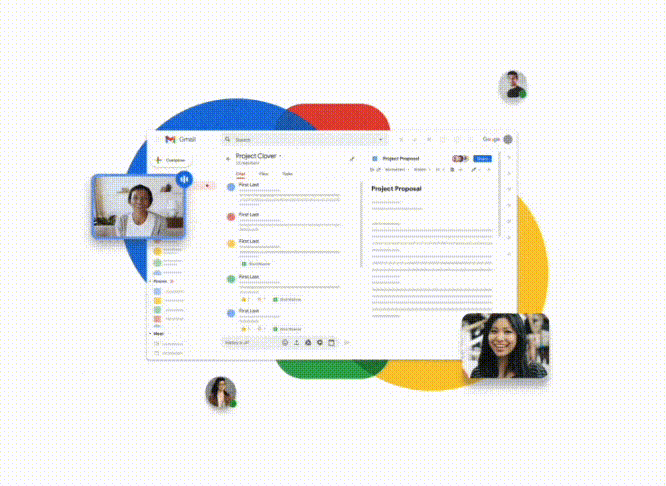

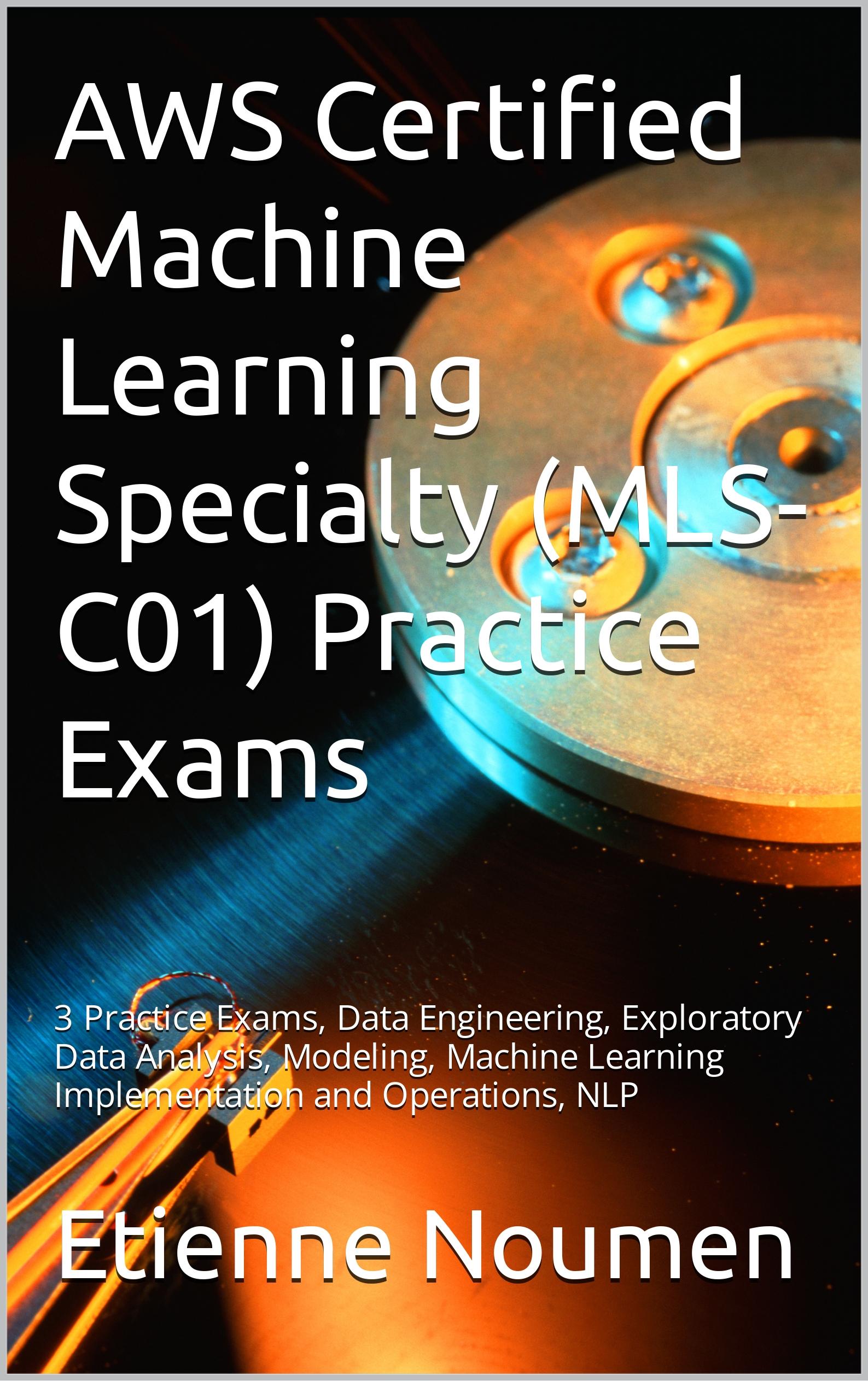







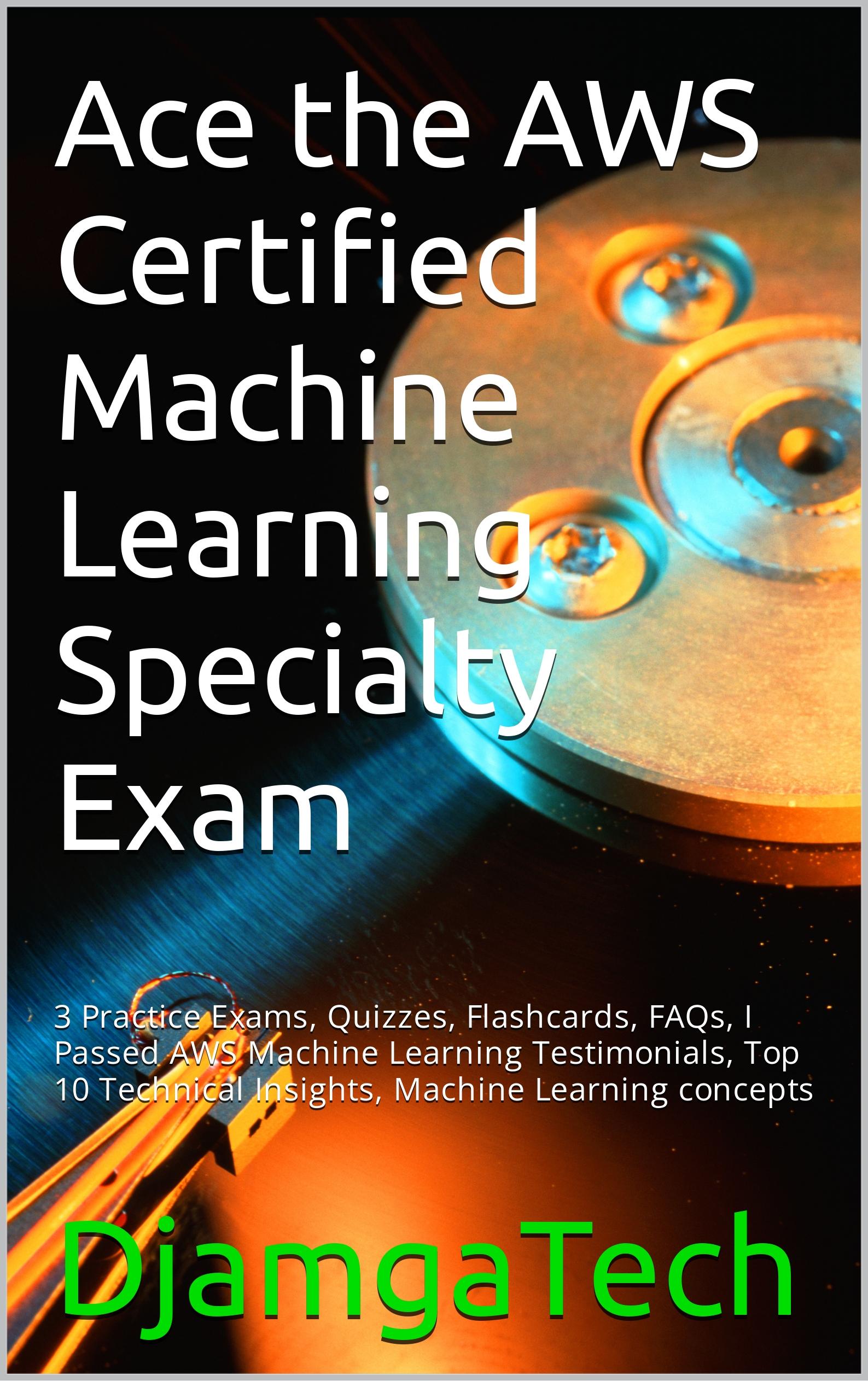

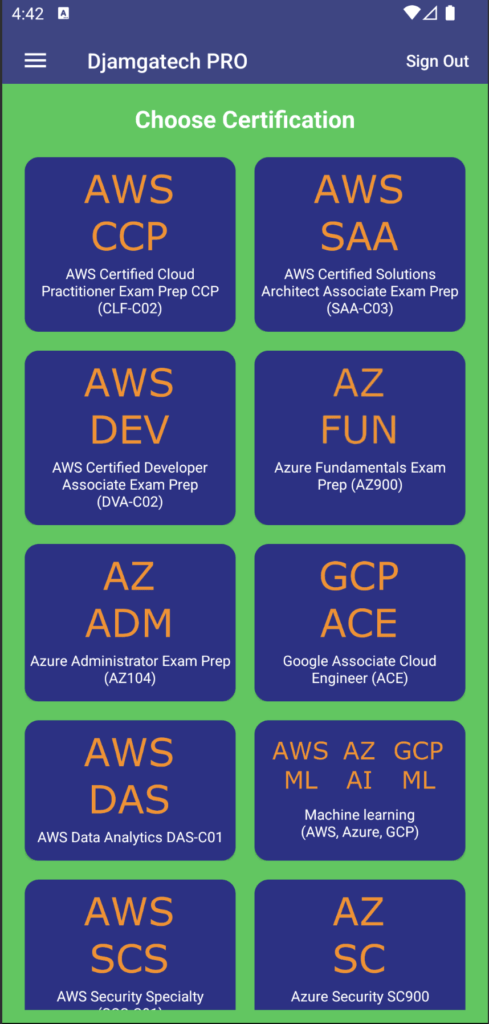





 96DRHDRA9J7GTN6
96DRHDRA9J7GTN6